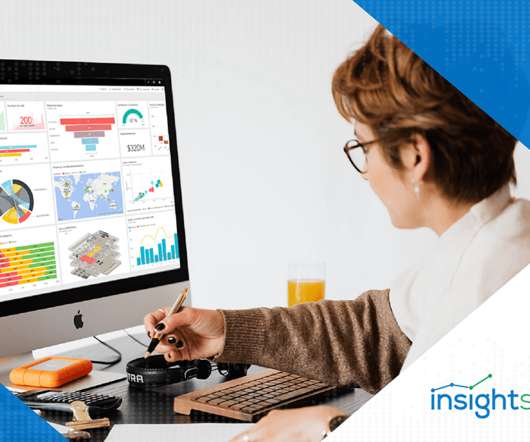How gaming companies can use Amazon Redshift Serverless to build scalable analytical applications faster and easier
AWS Big Data
MARCH 7, 2023
A data hub contains data at multiple levels of granularity and is often not integrated. It differs from a data lake by offering data that is pre-validated and standardized, allowing for simpler consumption by users. Data hubs and data lakes can coexist in an organization, complementing each other.













Let's personalize your content